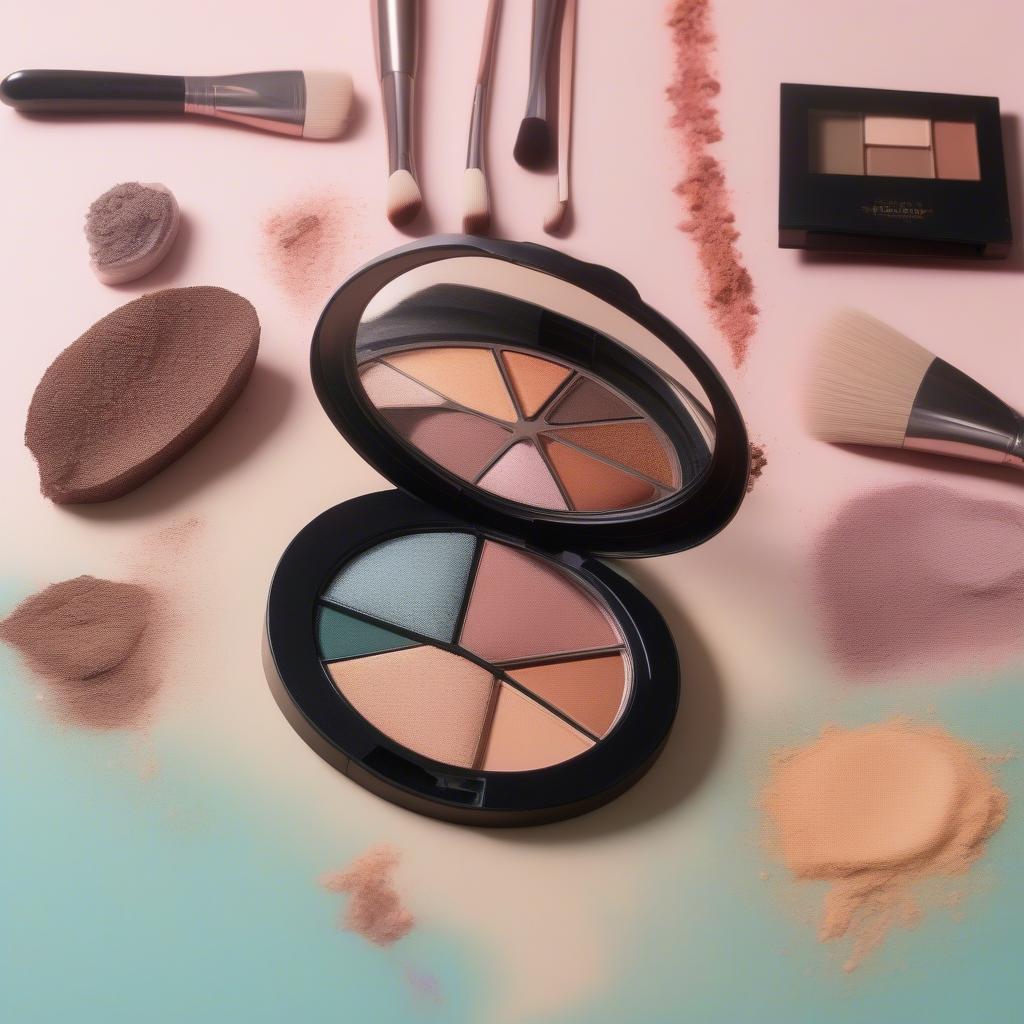Unveiling the Secrets of Tarot Grouping
- AmazoniaSilva
- Tháng 12 13, 2024
- Zodiac signs
- 0 Comments
Tarot Grouping is a fascinating aspect of tarot reading that allows for deeper insights and more nuanced interpretations. By understanding how cards relate to each other within a spread, you can unlock a richer understanding of the messages the tarot holds. This article delves into the art of tarot grouping, exploring different methods, their significance, and how they can enhance your tarot practice.
Understanding the Significance of Tarot Grouping
Tarot grouping involves analyzing cards in relation to one another, considering their positions, suits, numbers, and overall symbolism. This approach moves beyond individual card meanings and explores the interplay of energies and narratives within a spread. It’s like piecing together a puzzle, where each card represents a piece of the larger picture. Through grouping, seemingly disparate cards can reveal hidden connections and provide a more holistic understanding of the situation at hand.
Different Methods of Tarot Grouping
There are various approaches to tarot grouping, each offering a unique lens through which to interpret the cards. Some common methods include:
- Grouping by Position: This involves considering the specific meanings assigned to each position in a spread, such as the past, present, future, or representing different aspects of a situation.
- Grouping by Suit: Analyzing cards of the same suit together can reveal patterns and themes related to a particular area of life, such as emotions (Cups), intellect (Swords), finances (Pentacles), or action (Wands).
- Grouping by Number: Cards sharing the same number often resonate with similar energies and archetypes. For instance, all the Fours might represent stability or stagnation, while the Sevens might indicate challenges or breakthroughs.
- Grouping by Theme: This involves identifying common themes or symbolic connections between cards, regardless of their position, suit, or number. This method relies on intuition and an understanding of the deeper symbolism of the tarot.
Practical Application of Tarot Grouping
Let’s consider an example. In a three-card spread representing the past, present, and future, you draw the Five of Pentacles (past), The Hermit (present), and the Ace of Pentacles (future). Individually, these cards tell a story of hardship, introspection, and new beginnings. However, by grouping the Five and Ace of Pentacles, we see a stronger narrative of financial recovery. The Hermit in the present position suggests that the key to this recovery lies in solitude and self-reflection.
Enhancing Your Tarot Readings with Grouping
Tarot grouping adds depth and complexity to your readings, allowing for more nuanced interpretations and a greater understanding of the interconnectedness of events. By considering the relationships between cards, you can move beyond simple predictions and delve into the underlying energies and influences at play.
- Identify recurring patterns and themes. Grouping reveals recurring themes that might be missed when interpreting cards individually.
- Gain a more holistic perspective. It provides a more comprehensive understanding of the situation, connecting different aspects and revealing hidden influences.
- Uncover hidden connections and meanings. Grouping can illuminate subtle connections between seemingly unrelated cards, revealing deeper layers of meaning.
How does tarot grouping work with larger spreads?
In larger spreads, tarot grouping becomes even more crucial. It helps to organize the information and identify key themes and patterns amidst the multitude of cards. You might group cards by position within specific areas of the spread, such as relationships, career, or spirituality.
Can tarot grouping be used with any tarot deck?
Yes, tarot grouping can be applied to any tarot deck. While the specific imagery and interpretations might vary slightly between decks, the underlying principles of grouping remain the same.
Conclusion
Tarot grouping is a powerful tool that can significantly enhance your tarot practice. By understanding the different methods and applying them thoughtfully, you can unlock a deeper level of understanding and provide more insightful readings. This technique encourages a more holistic approach to tarot, emphasizing the interconnectedness of the cards and the rich tapestry of meaning they weave together. So, embrace the art of tarot grouping and unlock the full potential of your tarot readings.
Expert Insights from Anya Petrova, Certified Tarot Reader and Intuitive Guide:
“Tarot grouping allows you to see the bigger picture. It’s like connecting the dots to reveal the hidden message within the spread.”
“Don’t be afraid to experiment with different grouping methods. Find what resonates with you and your intuitive style.”
“Remember, tarot is a language. Grouping helps you understand the nuances and subtleties of this language, allowing for more profound communication with the divine.”
FAQ
-
What is the most common method of tarot grouping?
Grouping by position is the most common method, especially for beginners. -
Do I need to use all grouping methods in every reading?
No, choose the methods that feel most relevant to the spread and the question being asked. -
How can I improve my tarot grouping skills?
Practice and experience are key. Experiment with different spreads and grouping methods, and pay attention to the insights you gain.
Need further assistance? Contact us at [email protected] or visit us at Fifth Avenue, 34th Floor, New York, NY 10118, USA. Our 24/7 customer service team is ready to help.
